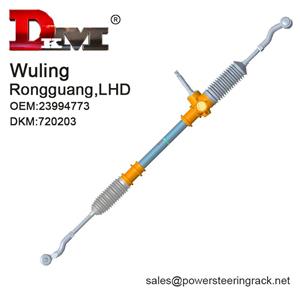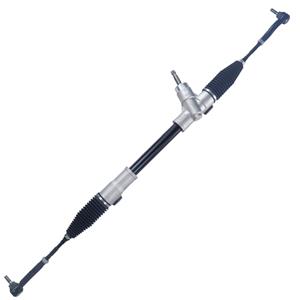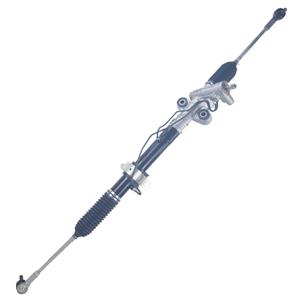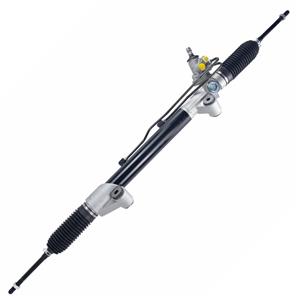Why does a hydraulic power steering system need oil?
In modern automotive technology, the steering system plays a vital role. Hydraulic power steering and electric power steering are two common steering systems, and while they are both designed to help drivers more easily control the direction of their vehicle, there are significant differences in how they work and the resources they require.
This article will take a closer look at why hydraulic power steering systems require oil while electric steering systems do not.
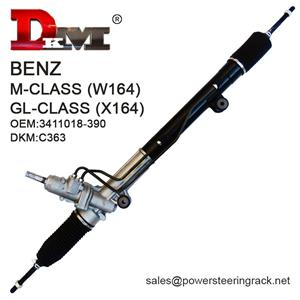
How does a hydraulic power steering system work?
Basic structure of hydraulic power steering
Hydraulic power steering is a system that provides power assistance through a hydraulic pump. In this system, the hydraulic pump is the core component. It is driven by the engine and generates high-pressure hydraulic oil. Hydraulic oil is transmitted through pipes to the steering rack or steering gear. When the driver turns the steering wheel, the hydraulic system adjusts the flow of hydraulic oil according to the rotation angle and direction of the steering wheel, providing assistance to turn the wheels.
The role of hydraulic oil
Hydraulic oil plays a vital role in hydraulic power steering systems. First, it serves as a medium for energy transmission, converting the mechanical energy of the engine into hydraulic energy and transporting it to the steering device through pipes. Secondly, hydraulic oil also has a lubricating effect, reducing the friction of various mechanical components in the system and extending the service life of the steering system. Finally, hydraulic oil can also dissipate heat to prevent the system from overheating, thereby maintaining the stable operation of the system.
Operation process of hydraulic system
When the driver turns the steering wheel, the hydraulic pump responds immediately to generate the required hydraulic pressure. At this time, the hydraulic oil will flow into the hydraulic chamber of the steering rack or steering gear, using hydraulic force to help turn the wheels, allowing the driver to easily turn the vehicle. The flow of hydraulic oil is the key to the entire power assist process. It is through this hydraulic effect that the hydraulic power steering system can greatly reduce the driver's control burden.
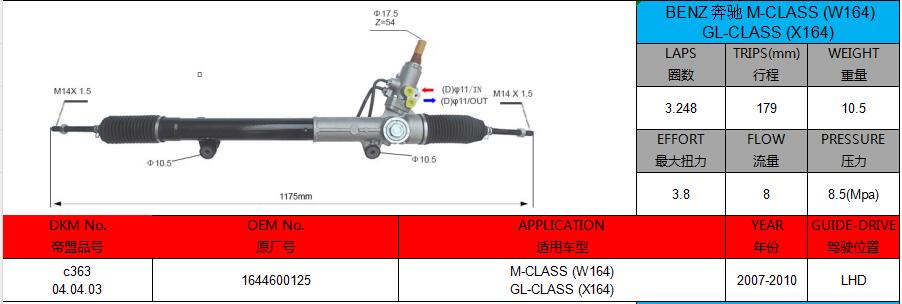
Why does a hydraulic power steering system need oil?
Hydraulic oil as a medium for energy transfer
Hydraulic power steering systems require oil because hydraulic oil is the primary medium of energy transfer. In this system, the pressure generated by the hydraulic pump needs to be transmitted through hydraulic oil. Without hydraulic oil, even if the hydraulic pump generates pressure, it cannot transmit this pressure to the steering device, and the system will not be able to provide power assistance, and the driver will feel that steering becomes very difficult.
Lubricate and protect system components
There are many mechanical components in the hydraulic system that will generate friction when working. These frictions will not only cause component wear, but also increase the energy consumption of the system. Hydraulic oil has good lubricity and can form a protective film between system components to reduce friction and extend the service life of the system. In addition, the lubrication effect of hydraulic oil can also reduce energy loss and improve the working efficiency of the system.
Cooling and stabilizing system performance
The hydraulic system generates a large amount of heat during work. If this heat cannot be dissipated in time, it will cause the system to overheat, which will affect the steering performance. When hydraulic oil flows in the system, it not only transfers energy, but also absorbs the heat generated by the system and takes it away to help the system dissipate heat. This heat dissipation is critical to maintaining system stability and reliability.
Ensure system response speed
The hydraulic power steering system needs to respond quickly when the driver turns the steering wheel, which requires hydraulic oil to flow quickly and transmit pressure. Hydraulic oil has good fluidity and can move quickly within the system, ensuring that the system can respond to the driver's operations in a timely manner, thereby providing fast and accurate steering assistance.
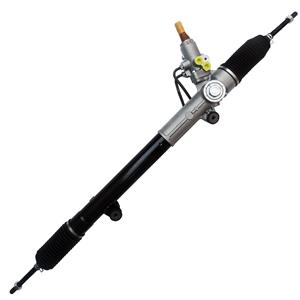
How does an electric steering system work?
Basic structure of electric steering
Electric power steering (EPS), unlike hydraulic steering, does not rely on hydraulic oil to provide power assistance. In contrast, electric power steering uses an electric motor to generate steering assist. When the driver turns the steering wheel, the sensor detects the rotation angle and direction of the steering wheel, and then the electric motor provides corresponding power based on this information to turn the wheel.
The role of electric motor
In the electric steering system, the electric motor is the core component. It is powered by the on-board power supply and directly drives the steering rack or steering gear through electricity to provide power assistance. The electric motor responds quickly and can precisely control the amount of steering assist, ensuring that the driver can obtain an appropriate steering experience under various driving conditions.
Operation process of electronic control system
When the driver turns the steering wheel, sensors in the electric steering system immediately sense this movement and transmit the data to the control unit. The control unit calculates the required amount of assist and applies it via the electric motor. The entire process relies on the coordinated operation of electronic control systems and electric motors, without the need for hydraulic oil to transfer energy or lubricate.
Why doesn’t the electric steering system require oil?
Direct electric drive, no need for hydraulic energy transfer
The electric steering system directly drives the steering device through an electric motor and does not require a hydraulic pump and hydraulic oil to transmit energy. Electric motors convert electrical energy directly into mechanical energy that is used to turn the wheels, eliminating the need for hydraulic oil as an energy transfer medium.
Reduces mechanical friction
The primary source of power in an electric steering system is the electric motor, not the interaction between mechanical components. Although there are still some mechanical parts in the electric steering system, their operation relies on electric motor drive, which has less friction. Therefore, the system does not need to rely on hydraulic oil for lubrication, greatly simplifying the system's structure and maintenance requirements.
Heat management is different
The heat in the electric steering system mainly comes from the work of the electric motor, and the heat generated by the electric motor is relatively small and does not need to be dissipated through liquid like a hydraulic system. Electric steering systems typically use air cooling or simple heat sinks to manage heat, rather than relying on hydraulic oil to dissipate heat.
The response speed of the electric system is determined by electronic control
The response speed of the electric steering system is determined by the performance of the electric motor and the response speed of the electronic control system. Electric motors are able to start quickly and provide the required boost, so they don't need to rely on the flow of hydraulic oil to achieve quick response like hydraulic systems. The electronic control system can respond within milliseconds, ensuring that the power assist of the electric steering system is always synchronized with the driver's operation.

Hydraulic Power Steering Vs. Electric Steering: What's the Difference?
structural complexity
Compared with electric steering systems, hydraulic power steering systems have a more complex structure and include multiple components such as hydraulic pumps, oil pipes, and hydraulic oil. The coordinated operation of these components requires high precision. The electric steering system is relatively simple and mainly consists of an electric motor and an electronic control unit, which reduces the complexity and potential failure points of the system.
Maintenance requirements
The hydraulic power steering system needs to regularly replace the hydraulic oil and check the sealing of the hydraulic pipeline to ensure the normal operation of the system. The electric steering system requires almost no additional maintenance. In addition to routine electrical inspections, there is no need to replace hydraulic oil or inspect hydraulic components, reducing maintenance costs and complexity.
Energy efficiency and environmental impact
Electric steering systems have high energy efficiency and low environmental impact because they directly use electrical energy. Hydraulic power steering systems rely on the engine to drive a hydraulic pump, which increases the load on the engine and consumes additional fuel. In addition, the leakage of hydraulic oil may cause pollution to the environment, but the electric steering system avoids this problem.

